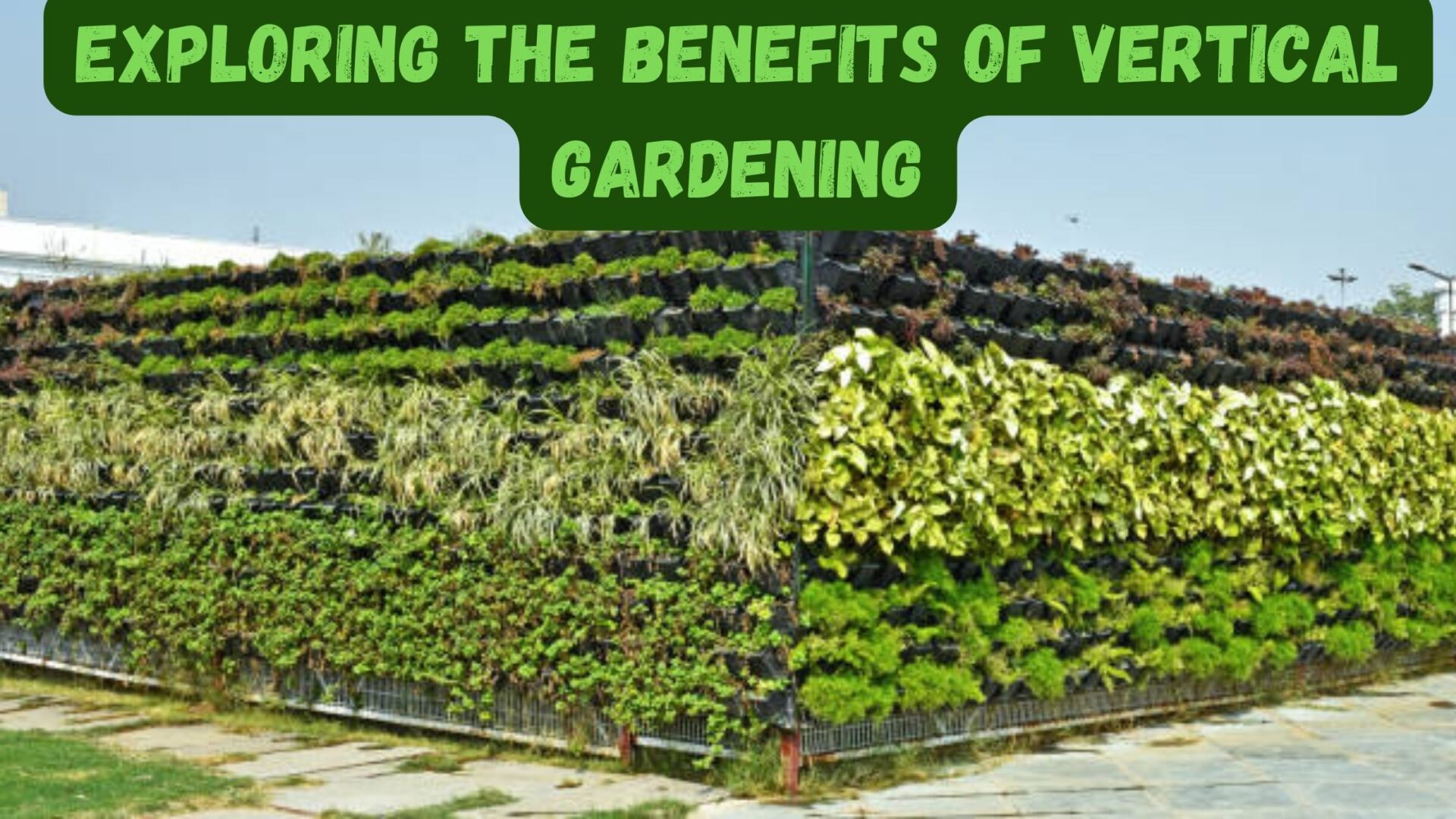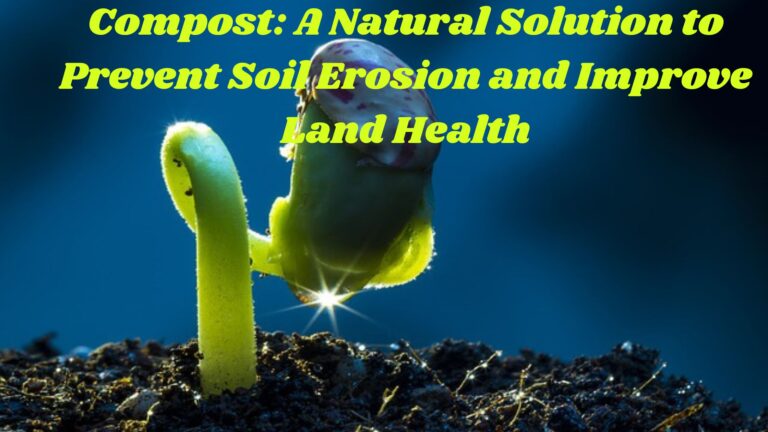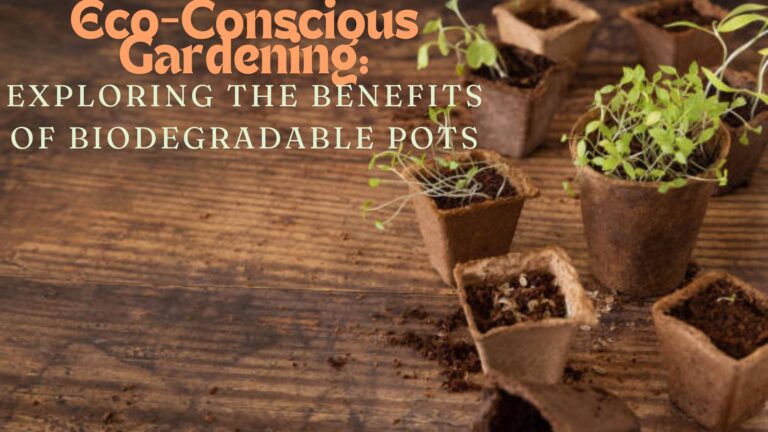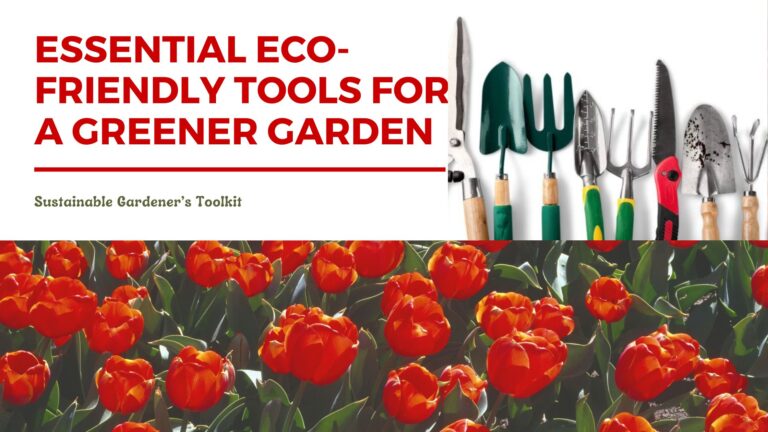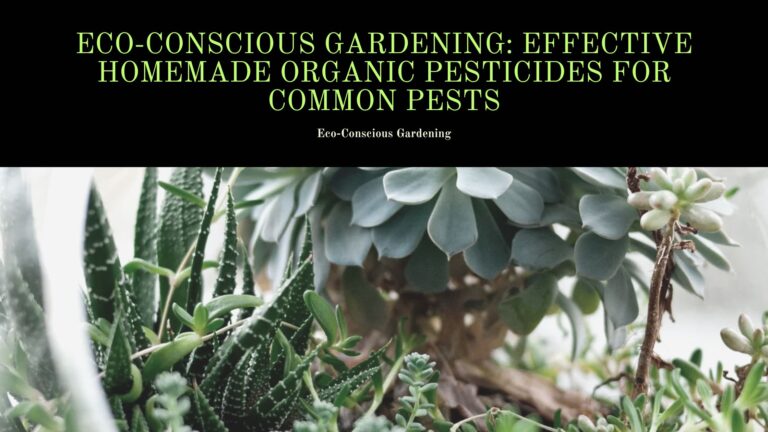Introduction:-
Growing Up: Exploring the Benefits of Vertical Gardening
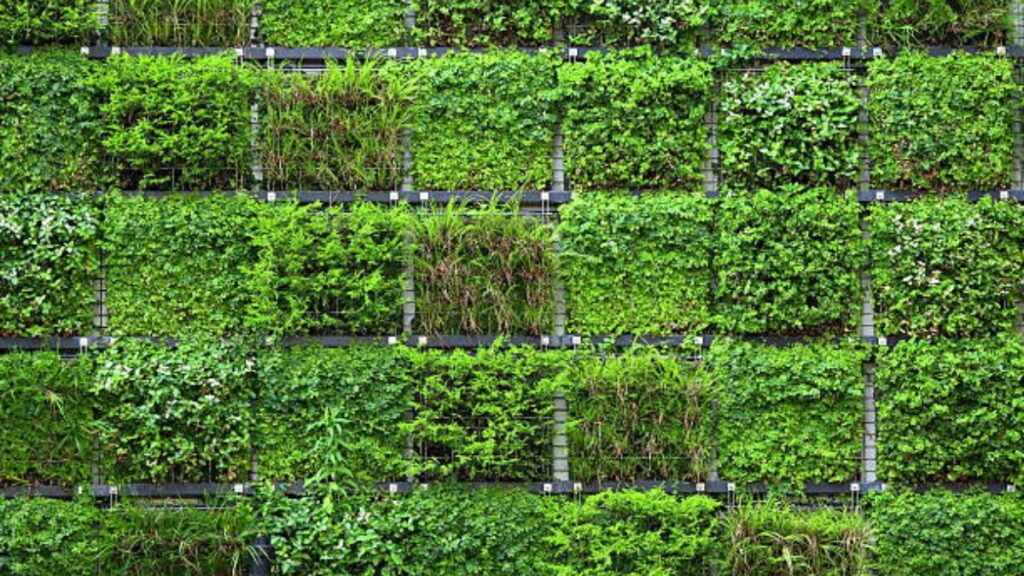
In the realm of gardening, there’s a revolution underway – one that’s reaching new heights. Vertical gardening, once a niche practice, is now gaining widespread recognition for its multitude of benefits. Let’s delve into this innovative gardening technique and uncover the myriad advantages it offers.
What is Vertical Gardening?
Vertical gardening is a method that involves growing plants vertically, either upwards against a wall, trellis or in specially designed containers. Instead of spreading out horizontally, plants are encouraged to grow upwards, making the most of limited space.
Benefits of Vertical Gardening:
1. Maximizes Space Utilization:
Traditional gardening often requires ample horizontal space. However, with vertical gardening, even the tiniest of spaces can be transformed into lush greenery. Whether you have a small balcony, urban rooftop, or a compact backyard, vertical gardening allows you to make the most of your available space.
2. Enhances Aesthetics:
Vertical gardens add a touch of natural beauty to any environment. They can transform dull walls into vibrant, living works of art, creating a stunning visual impact. Whether you opt for cascading vines, colorful flowers, or a mix of foliage, vertical gardens elevate the aesthetics of any space.
3. Improves Air Quality:
Plants are nature’s air purifiers, and vertical gardens provide an abundance of them in a condensed area. By introducing more greenery into your surroundings, you’re not only enhancing the visual appeal but also improving air quality. Plants help absorb carbon dioxide and release oxygen, creating a healthier and more breathable environment.
4. Increases Accessibility:
For those with limited mobility or space constraints, traditional gardening may pose challenges. Vertical gardening offers a solution by bringing plants closer to eye level, making them more accessible for planting, watering, and harvesting. This accessibility ensures that gardening remains an enjoyable and manageable activity for all.
5. Promotes Biodiversity:
Vertical gardens provide habitats for a diverse range of plant species, which, in turn, attract various pollinators such as bees, butterflies, and birds. By fostering biodiversity, vertical gardening contributes to ecological balance and supports local ecosystems.
Getting Started with Vertical Gardening:
Now that we’ve explored the benefits, you might be eager to embark on your vertical gardening journey. Here are some tips to get you started:
- Select Suitable Plants: Choose plants that are well-suited to vertical growing conditions, such as trailing vines, compact herbs, and leafy greens.
- Invest in Vertical Structures: Invest in sturdy trellises, wall-mounted planters, or vertical gardening systems to support your plants as they grow upwards.
- Consider Light and Watering Needs: Place your vertical garden in a location that receives adequate sunlight and ensure proper watering to keep your plants healthy and thriving.
- Regular Maintenance: Like any garden, vertical gardens require regular maintenance, including pruning, fertilizing, and pest control.
What are the benefits of vertical gardening vs. traditional gardening?
Vertical gardening offers several benefits compared to traditional gardening:
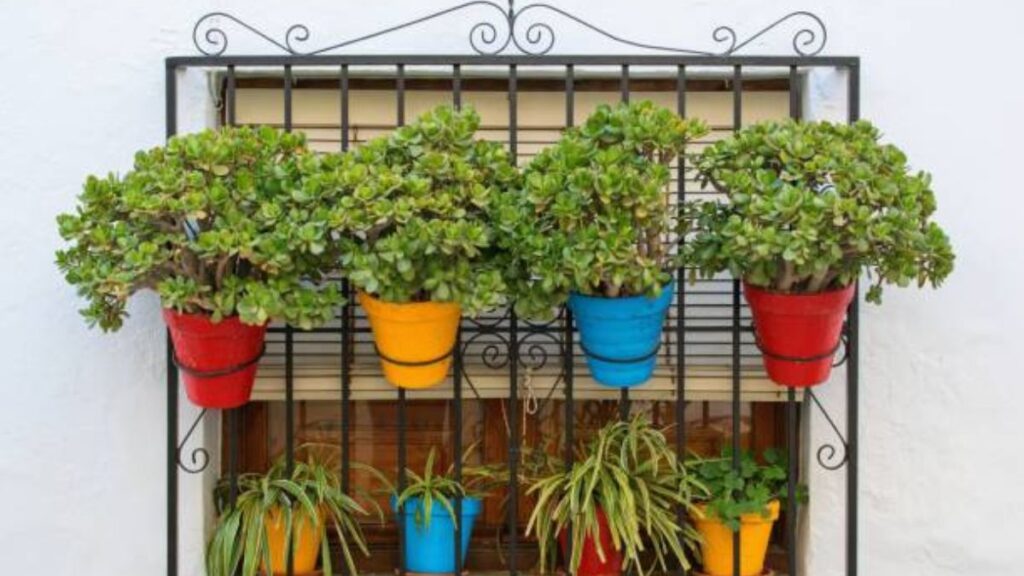
- Space Efficiency: Vertical gardening maximizes the use of space, making it suitable for small yards, balconies, or even indoor spaces where horizontal space is limited.
- Aesthetic Appeal: Vertical gardens can add visual interest to any space, creating a lush green wall or a colorful display of flowers that can serve as a focal point or backdrop.
- Better Air Circulation: Plants grown vertically often have better air circulation around their foliage, which can help reduce the risk of fungal diseases and promote healthier growth.
- Accessibility: Vertical gardens can be designed at a height that is more accessible for planting, pruning, and harvesting, reducing the need for bending or kneeling.
- Protection from Pests: Elevating plants off the ground can help protect them from certain pests and diseases that may be present in the soil.
- Water Efficiency: Vertical gardening systems can be designed to optimize water usage, with some systems incorporating built-in irrigation or self-watering mechanisms that deliver water directly to the roots, minimizing waste.
- Reduced Weeding: Because vertical gardens typically have less exposed soil, there is often less opportunity for weed growth, reducing the need for regular weeding.
- Creative Design Possibilities: Vertical gardening allows for creative design possibilities, enabling gardeners to experiment with different plant combinations, textures, and arrangements to achieve unique and personalized looks.
- Improved Harvesting: Harvesting can be easier in vertical gardens since plants are often at eye level or within reach, eliminating the need to stoop or bend down.
- Year-Round Gardening: Vertical gardens can be designed for indoor use, allowing for year-round gardening regardless of outdoor weather conditions. This can be particularly advantageous for those living in areas with harsh winters or limited outdoor space.
What are some creative vertical gardening ideas for balconies?
There are numerous creative vertical gardening ideas for balconies that can transform a small outdoor space into a lush green oasis. Here are some ideas to consider:
- Vertical Pallet Garden: Repurpose wooden pallets by transforming them into vertical planters. Attach small pots or plant pockets to the pallet boards and hang the pallet vertically on your balcony wall.
- Hanging Herb Garden: Hang a series of small pots or herb planters from a railing or overhead structure to create a vertical herb garden. Herbs like basil, mint, parsley, and thyme thrive in small containers and are perfect for culinary use.
- Tiered Planter Boxes: Install tiered planter boxes or shelving units on your balcony wall to create multiple levels of planting space. This allows you to grow a variety of plants while maximizing vertical space.
- Vertical Trellis Garden: Install a trellis or a series of trellises against a wall or railing and train climbing plants like tomatoes, cucumbers, or beans to grow vertically. This not only saves space but also adds a decorative element to your balcony.
- Pocket Planters: Hang pocket planters or vertical garden bags on your balcony wall to create a living wall of flowers, herbs, or succulents. These planters come in various sizes and can be easily attached to any vertical surface.
- Ladder Garden: Lean a ladder against your balcony wall and attach planters or pots to each step. This creates a vertical garden that is both functional and visually appealing.
- Vertical Hydroponic System: Consider installing a vertical hydroponic system on your balcony, allowing you to grow a wide range of vegetables, herbs, and leafy greens without soil. These systems use nutrient-rich water to nourish plants, making them ideal for small spaces.
- Pallet Vertical Plant Wall: Attach a pallet to your balcony wall and fill the gaps with landscape fabric or coconut liners. Plant small herbs, flowers, or succulents in the pockets created by the pallet boards to create a stunning vertical garden.
- Suspended Planters: Hang a series of lightweight planters from your balcony ceiling or overhead structure using sturdy hooks or brackets. Fill the planters with trailing plants like ivy, ferns, or petunias to create a cascading effect.
- DIY Vertical Garden Frame: Build a custom vertical garden frame using wooden or metal frames and wire mesh. Hang small pots or planters from the mesh using S-hooks, creating a customizable and space-saving vertical garden.
These creative vertical gardening ideas can help you make the most of your balcony space while adding greenery and beauty to your outdoor living area.
What are the pros and cons of vertical gardening?
Vertical gardening offers several advantages, but it also comes with its own set of challenges. Here’s a breakdown of the pros and cons:
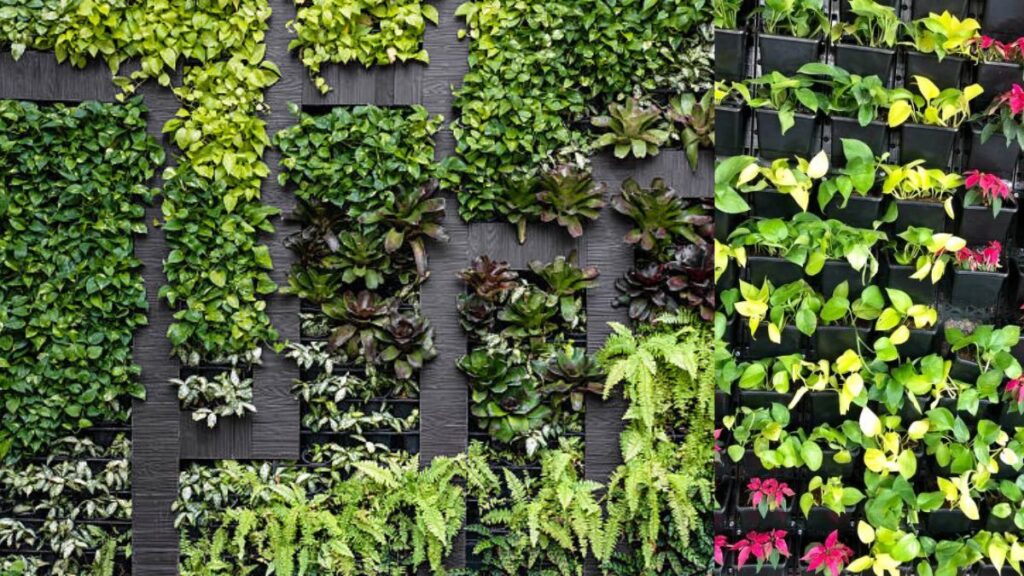
Pros:
- Space Efficiency: Vertical gardening maximizes space, making it ideal for small yards, balconies, or indoor spaces with limited room for traditional gardening.
- Aesthetic Appeal: Vertical gardens can add visual interest to any space, creating lush green walls or colorful displays of flowers that serve as focal points or backdrops.
- Accessibility: Planting, pruning, and harvesting are often easier in vertical gardens because plants are typically at eye level or within reach, reducing the need for bending or kneeling.
- Better Air Circulation: Plants grown vertically often have improved air circulation around their foliage, which can reduce the risk of fungal diseases and promote healthier growth.
- Protection from Pests: Elevating plants off the ground can help protect them from certain pests and diseases that may be present in the soil.
- Water Efficiency: Vertical gardening systems can be designed to optimize water usage, with built-in irrigation or self-watering mechanisms delivering water directly to the roots, minimizing waste.
- Reduced Weeding: Vertical gardens often have less exposed soil, resulting in fewer opportunities for weed growth and reducing the need for regular weeding.
- Year-Round Gardening: Vertical gardens can be designed for indoor use, enabling year-round gardening regardless of outdoor weather conditions.
Cons:
- Limited Plant Selection: Some plants may not thrive in vertical gardening systems due to space constraints, soil depth limitations, or the need for sturdy support structures.
- Maintenance Challenges: Vertical gardens may require more frequent maintenance, including watering, pruning, and monitoring for pests and diseases, especially in indoor or tightly spaced environments.
- Weight Considerations: The weight of vertical gardening structures, especially when fully planted and watered, can be a concern for balconies or other elevated surfaces. Care must be taken to ensure that the structure can support the weight safely.
- Initial Setup Cost: Setting up a vertical gardening system can involve initial costs for materials, such as trellises, planters, irrigation systems, and soil, depending on the complexity of the design.
- Limited Soil Volume: Plants in vertical gardens typically have less soil volume available for root growth compared to traditional gardens, which may affect their overall health and productivity.
- Sunlight and Shade: Depending on the orientation of the vertical garden and surrounding structures, certain areas may receive less sunlight or be subject to more shade, limiting the types of plants that can be grown successfully.
- Watering Challenges: Ensuring uniform watering throughout a vertical garden can be challenging, as water may not distribute evenly across all plantings. Drip irrigation systems or self-watering mechanisms can help mitigate this issue but may require additional maintenance and monitoring.
While vertical gardening offers many benefits, it’s essential to consider these potential drawbacks when planning and implementing a vertical garden to ensure its success.
Conclusion:
Vertical gardening is more than just a trend – it’s a sustainable and practical way to bring nature into our urban environments. By exploring the benefits of vertical gardening, we can create greener, healthier, and more vibrant spaces, one plant at a time. So why not elevate your gardening experience and grow up with vertical gardening?
Ready to take your gardening to new heights? Start your vertical garden today and reap the rewards of this innovative and rewarding gardening technique.
Frequently Asked Questions (FAQs)
Q1: Can I create a vertical garden indoors?
A1: Yes, vertical gardens can thrive indoors with the right conditions. Choose plants that tolerate low light levels and invest in vertical gardening systems designed for indoor use. Ensure proper watering and ventilation to maintain a healthy indoor environment.
Q2: Do I need special tools or equipment for vertical gardening?
A2: While specialized equipment like trellises and wall-mounted planters can enhance your vertical garden, they’re not always necessary. You can repurpose everyday items like shoe organizers, pallets, or even old gutters to create vertical growing spaces. It all depends on your creativity and budget.
Q3: Are there any limitations to what I can grow vertically?
A3: While many plants thrive in vertical gardens, some may be better suited to traditional ground-level gardening. Consider factors such as the plant’s mature size, weight, and root structure when selecting candidates for vertical growth. Compact herbs, leafy greens, and trailing vines are popular choices for vertical gardening.
Q4: How do I water a vertical garden effectively?
A4: Watering vertical gardens can be trickier than traditional gardens due to the vertical orientation. Consider installing a drip irrigation system or using self-watering planters to ensure consistent moisture levels. Monitor the soil moisture regularly and adjust your watering schedule as needed, paying extra attention to plants at the top of the structure, which may dry out more quickly.
Q5: Can I incorporate edible plants into my vertical garden?
A5: Absolutely! Vertical gardens are ideal for growing herbs, salad greens, strawberries, and other edible plants. Just be sure to choose varieties that are well-suited to vertical growing conditions and provide adequate nutrients and sunlight for healthy growth.
References:
- Wong, L. (2014). Vertical Gardening: Grow Up, Not Out, for More Vegetables and Flowers in Much Less Space. Cool Springs Press.
- Ferriss, S. (2019). The Vertical Gardening Guidebook: How to Create Beautiful Vertical Gardens, Container Gardens, and Aeroponic Vertical Tower Gardens at Home. Independently published.
- Fernández, M. (2020). Vertical Gardens. Loft Publications.
- Bens, J. (2017). Gardening Vertically: 24 Ideas for Creating Your Own Green Walls. Schiffer Publishing.
- Wolf, D. (2018). The New Vertical Garden: Essential Modern Techniques and Design. Timber Press.
